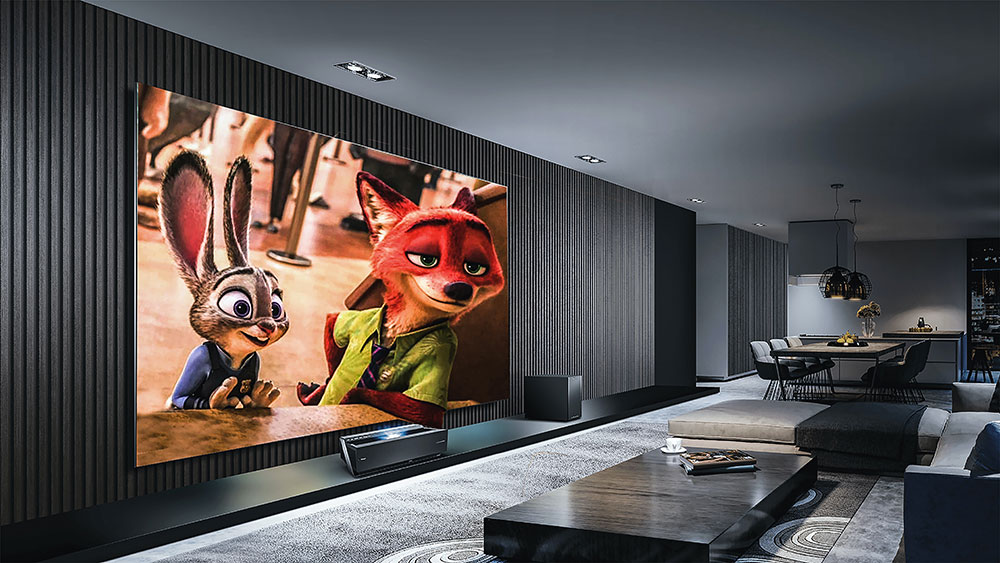Designing the interior or exterior of a building is just one part of the process. The real issue for an architect is organising approval and stakeholder buy-in. To do so, architects might find themselves preparing presentations in which they showcase a project’s main selling points. While presentations can communicate much of what a project involves, they don’t give a truly immersive picture of the build. More and more architects and designers are looking for ways to help their projects stand out and truly impress. That’s where 3D animation comes in. We take a closer look at this handy tool and how it can help turn interested parties into confirmed stakeholders for your next construction project.
The most engaging construction presentations are those that present the project in all its glory. 3D animations, and particularly CGI property renders, deliver flawless virtual reality content which is indistinguishable from live-action footage. Whether designers want their building to look traditional or contemporary, or want to convey certain elements and textures, animators and creatives can work with their needs to create 3D property animations so real viewers can almost feel them. Added lighting draws attention to the selling points, as do special effects like chromatic aberration and depth-of-field. 3D specialists can even incorporate multiple point-of-view shots, to really give the viewer a sense they’re watching a live-action film, and to communicate an emotive story that sells.
It’s this emotive element which truly captures stakeholder interest. If an investor feels personally connected with a project, they’ll be more likely to buy in. A 3D animation gives viewers the sense they’re on a journey, exploring a property down to its finest details. These animations can even incorporate a soundtrack, with compelling and exciting audio that really makes a statement. They might also recreate the surrounding environment so that the building is presented in its anticipated context. This gives stakeholders more certainty and confidence in the building’s overall feel and atmosphere and leads to firm investments.
Stakeholders are more likely to buy into projects that are designed by reputable architects. Impressive portfolios truly go the distance in helping architects stand out, but sometimes it’s near impossible to take photos or videos of the finished project – not to mention the need to wait, sometimes even for years, until the project is completed. A 3D animation removes the hassle by presenting the project in its completed stage before construction’s begun. They’re a great way of appealing to investors, developing a positive reputation, and securing those approvals for key projects. If you’re keen to improve your stakeholder buy-ins on your next construction project and don’t yet have 3D animations on your side, get in touch with 3D Walkabout today. We’re a team of AR/VR experts passionate about pushing the boundaries of tech and innovation. We’ll work with you to identify your goals and needs, and will help you craft a 3D animation guaranteed to wow your investors, boost your reputation, and lead to more solid client commitments down the line.
Summary: How can 3D animations used by the construction industry?
3D animations enhance construction project presentations, immersing stakeholders in a realistic virtual experience.
CGI property renders deliver high-quality visuals, allowing viewers to explore every detail of the project.
Emotive storytelling through 3D animations connects investors personally with the project.
Audio elements and environmental context in animations build confidence and attract firm investments.
3D animations help architects stand out, appeal to investors, and secure approvals for key projects.
FAQs
How can animations be utilised for presenting proposals or winning bids in the construction industry?
By utilizing architectural animations, businesses can present visually compelling proposals that effectively communicate their ideas, impress clients, and increase the chances of winning bids in the competitive construction industry.
What role do 3D animations play in conveying the functionality and flow of a space?
It can help demonstrate how spaces are interconnected, showcase circulation patterns, highlight key amenities, and illustrate the overall functionality and user experience of a building or space.
Can architectural animations be used to attract potential investors or stakeholders?
Yes, it serves as powerful tools to captivate and impress potential investors or stakeholders by showcasing the project’s potential, highlighting key features, and conveying its value proposition.
How do architectural animations assist in presenting design concepts and features to clients?
They allow clients to visualize and experience a project before it is built, enabling them to understand the design intent, spatial arrangements, and overall aesthetic appeal.
What are the advantages of incorporating architectural animations in marketing strategies?
It help businesses effectively communicate their vision, attract attention, engage audiences, and differentiate themselves in a competitive market.
How can architectural animations be used for business?
Architectural animations can be used to visually showcase architectural designs, providing a realistic and immersive experience for clients, investors, and stakeholders.


